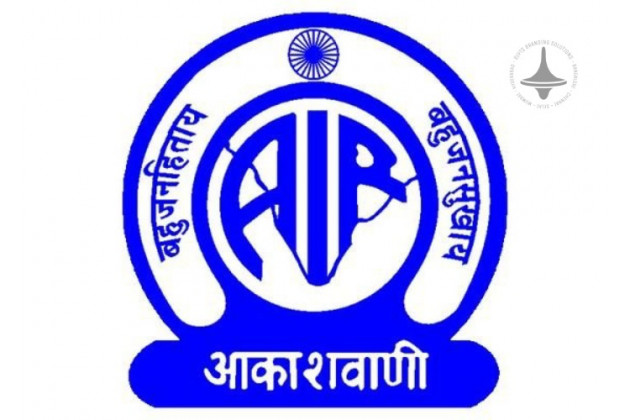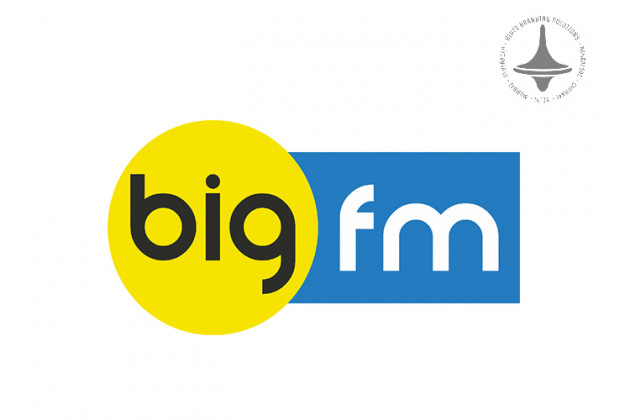Primetime TV Ads | Market Insights | Digital Marketing | Elyts

In today’s digital age, businesses have a plethora of advertising options at their disposal. Yet, one traditional method continues to command attention and significant investment: primetime TV advertising. But are these coveted spots truly worth the expense, or are digital alternatives offering better value for money? This article explores the pros and cons of primetime TV ads and whether they still hold relevance in modern marketing strategies.
The Appeal of Primetime TV Ads
Primetime TV ads are the gold standard in television
advertising. Airing during the most-watched hours—typically between 8 PM and 11
PM—they guarantee high visibility. These ads are strategically placed in
popular shows, news programs, or major events, ensuring brands reach a massive
and diverse audience. But why do companies continue to pour substantial budgets
into these slots?
Broad Audience Reach
One of the primary reasons brands invest in primetime TV ads
is the potential to reach millions in one go. Shows like popular dramas, live
sports, or reality competitions attract viewers from various demographics,
offering unparalleled exposure.
Brand Prestige and Credibility
Advertising during primetime conveys a sense of prestige.
Major brands use these slots to solidify their presence, as consumers often
perceive companies featured in such ads as industry leaders.
Emotional Impact and Storytelling
TV remains one of the most effective mediums for
storytelling. Brands can craft narratives that resonate emotionally with
viewers, leaving a lasting impression that digital banners or social media
posts may not achieve.
The Financial Downside
Despite their advantages, primetime TV ads come with a hefty
price tag. Depending on the network, time slot, and event, a 30-second ad can
cost hundreds of thousands—or even millions—of dollars. Moreover, there is no
guarantee of a direct return on investment (ROI), making the decision to invest
a calculated risk.
Ad Skipping and DVRs
The rise of streaming services and DVR usage has allowed
viewers to skip commercials altogether. Even those watching live may choose to
multitask during ad breaks, diminishing the potential impact.
Changing Viewer Habits
Modern audiences increasingly favor on-demand content and
streaming platforms over traditional cable. This shift questions the relevance
of primetime TV as the dominant advertising platform.
Are There Better Alternatives?
While primetime TV still reaches a broad audience, brands
are exploring more targeted, data-driven strategies through digital
advertising. Platforms like YouTube, social media, and programmatic ads offer
precise audience targeting at a fraction of the cost.
Conclusion
Primetime TV ads can undoubtedly elevate a brand’s
visibility and reputation. However, with changing viewer habits and more
cost-effective digital alternatives, businesses must carefully assess whether
the investment aligns with their marketing goals. While traditional advertising
remains impactful, a balanced approach that leverages both TV and digital
platforms might offer the most comprehensive reach.
Elyts Advertising and Branding Solutions | www.elyts.in (India) | www.elyts.agency (UAE)






















Leave a Comment